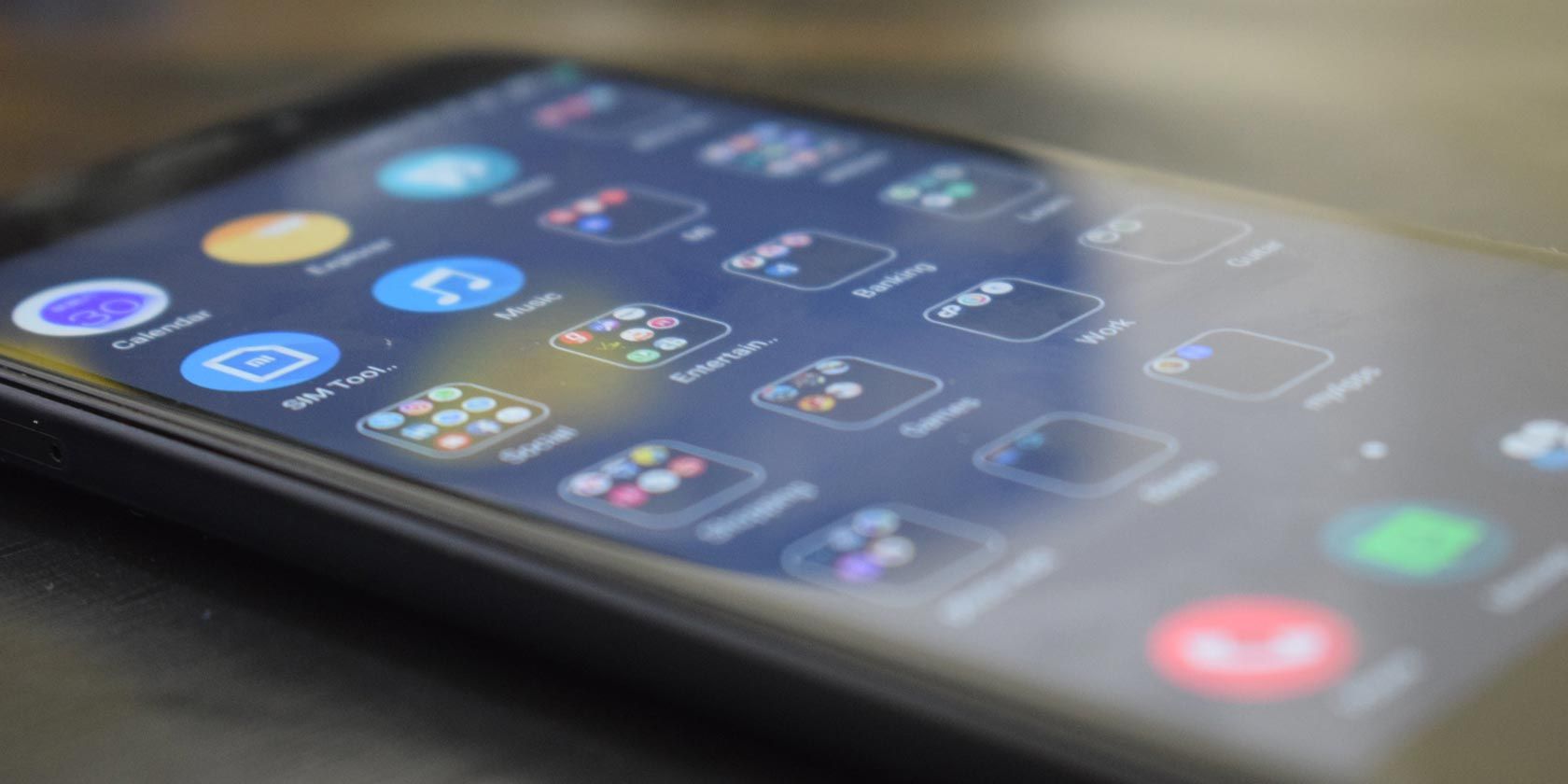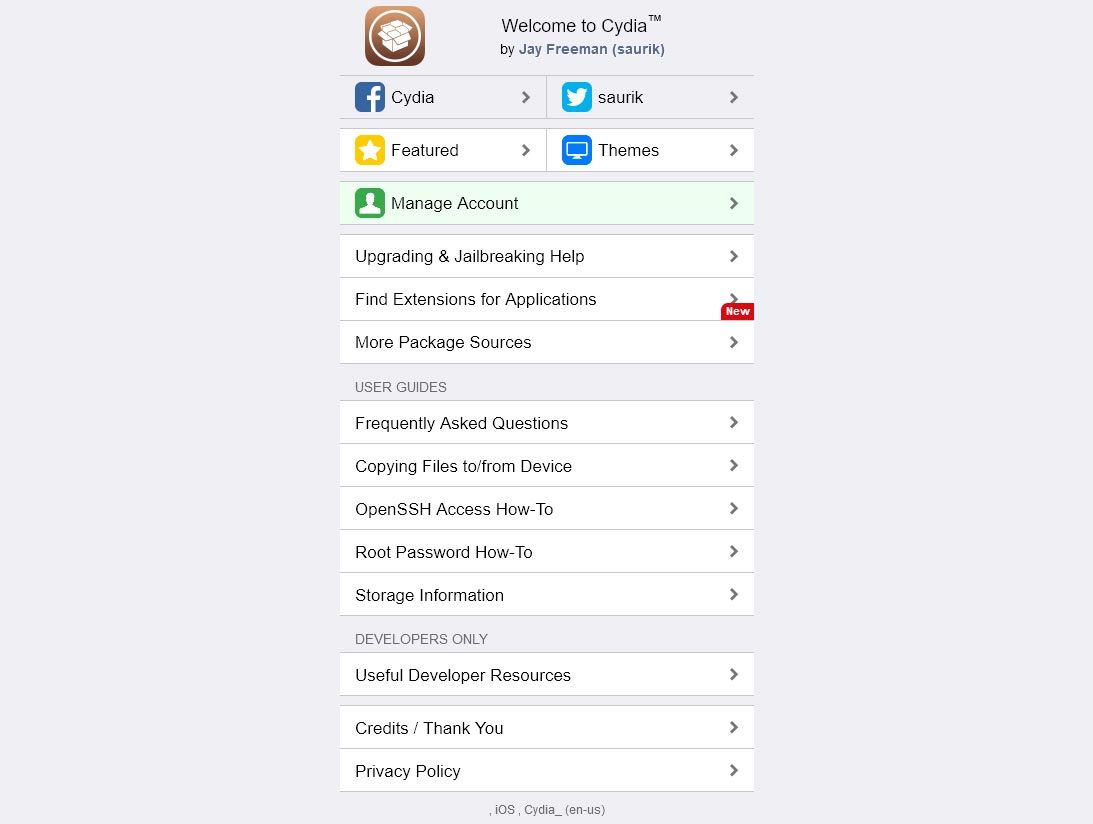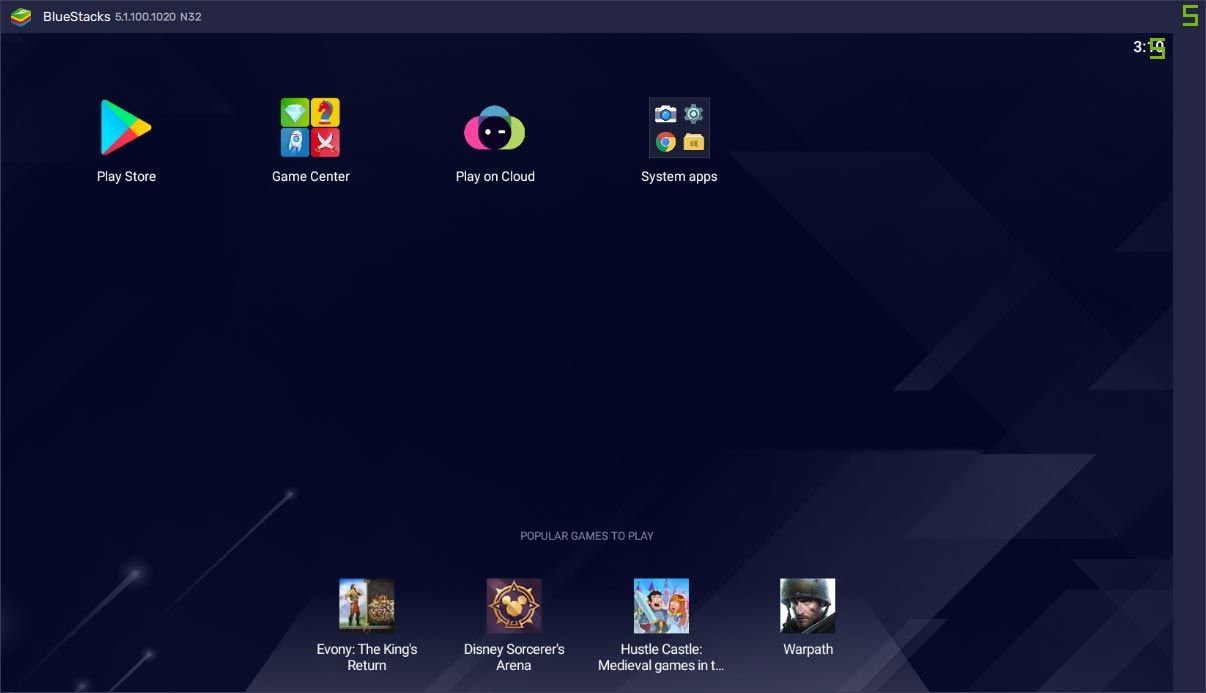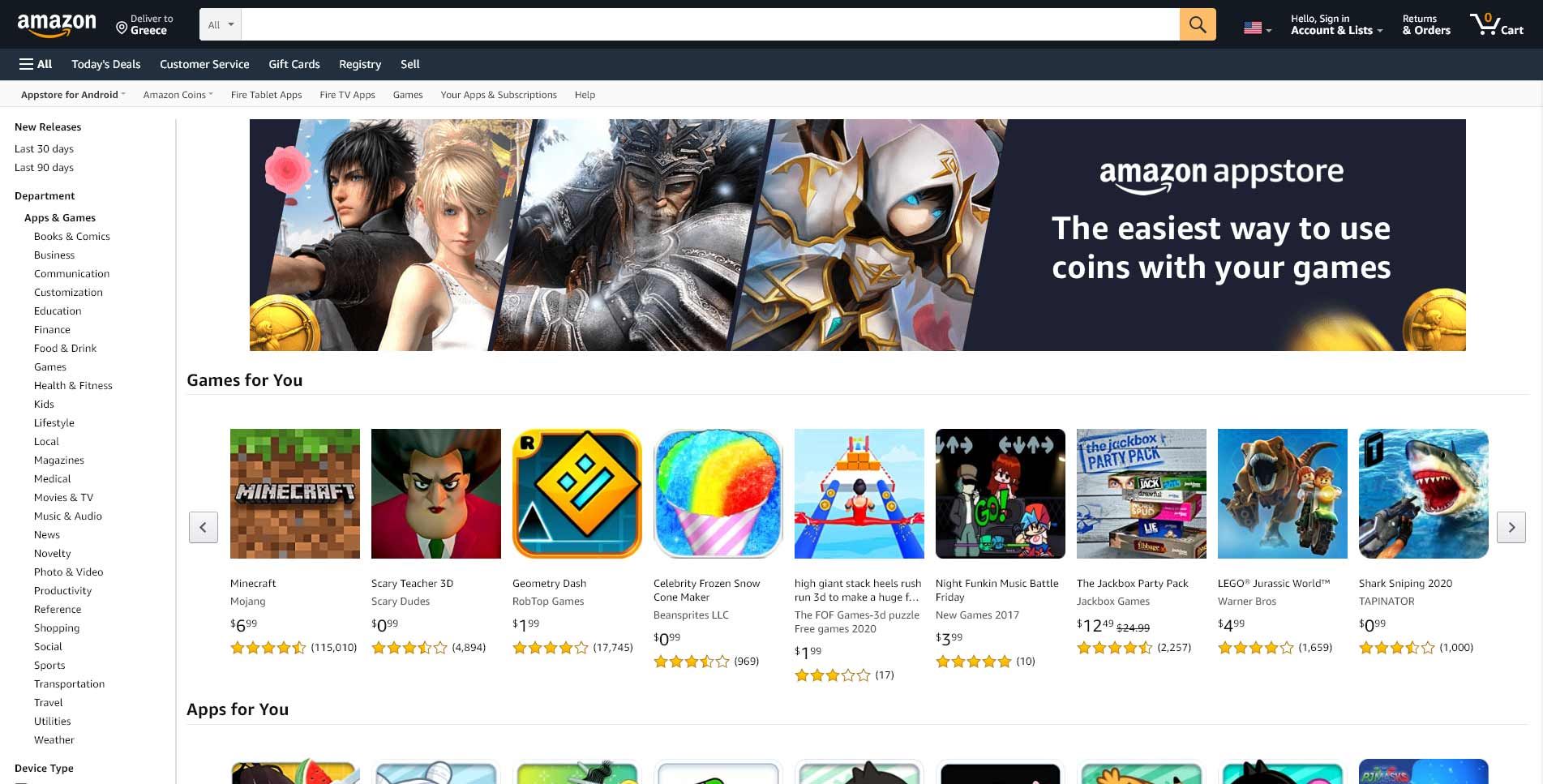The announcement of a collaboration with Amazon to bring Android apps to the Windows desktop was one of Microsoft's Windows 11 official presentation highlights. However, the semi-official reveal that Windows 11 will also allow users to sideload apps was even more interesting.
But... why? What is sideloading, and why should you be interested (or not) in it? Read on to find the answers to those questions and more!
What Is Sideloading?
The term "sideloading" refers to directly copying files from one device to another. Sideloading usually describes local transfers between two devices that are physically connected. However, it's different from plain "copying" in that it implies an unofficial way to bring data where it shouldn't be.
Depending on the case, that might be because the platform holder does not approve the data in question, or the user has to disable or circumvent protection measures to get the data on the device.
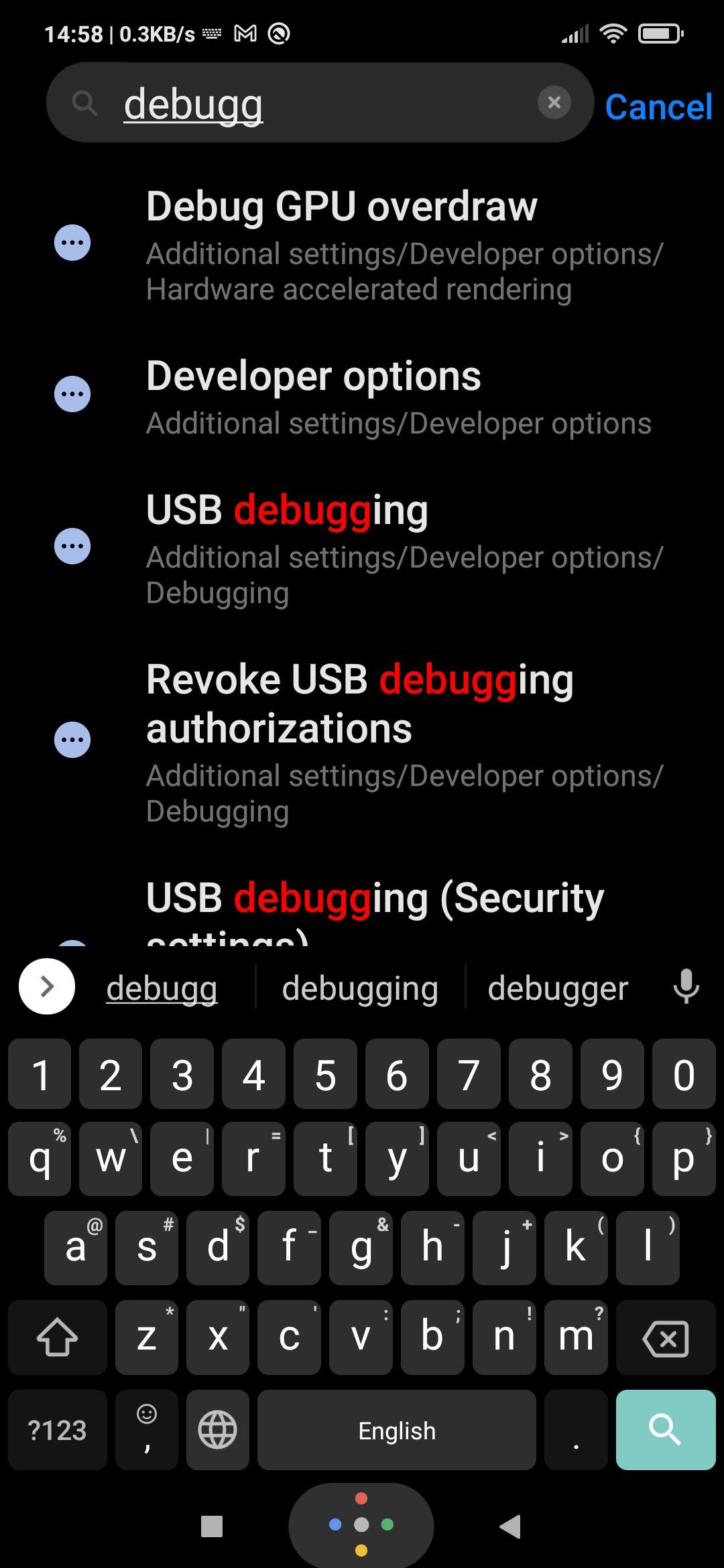
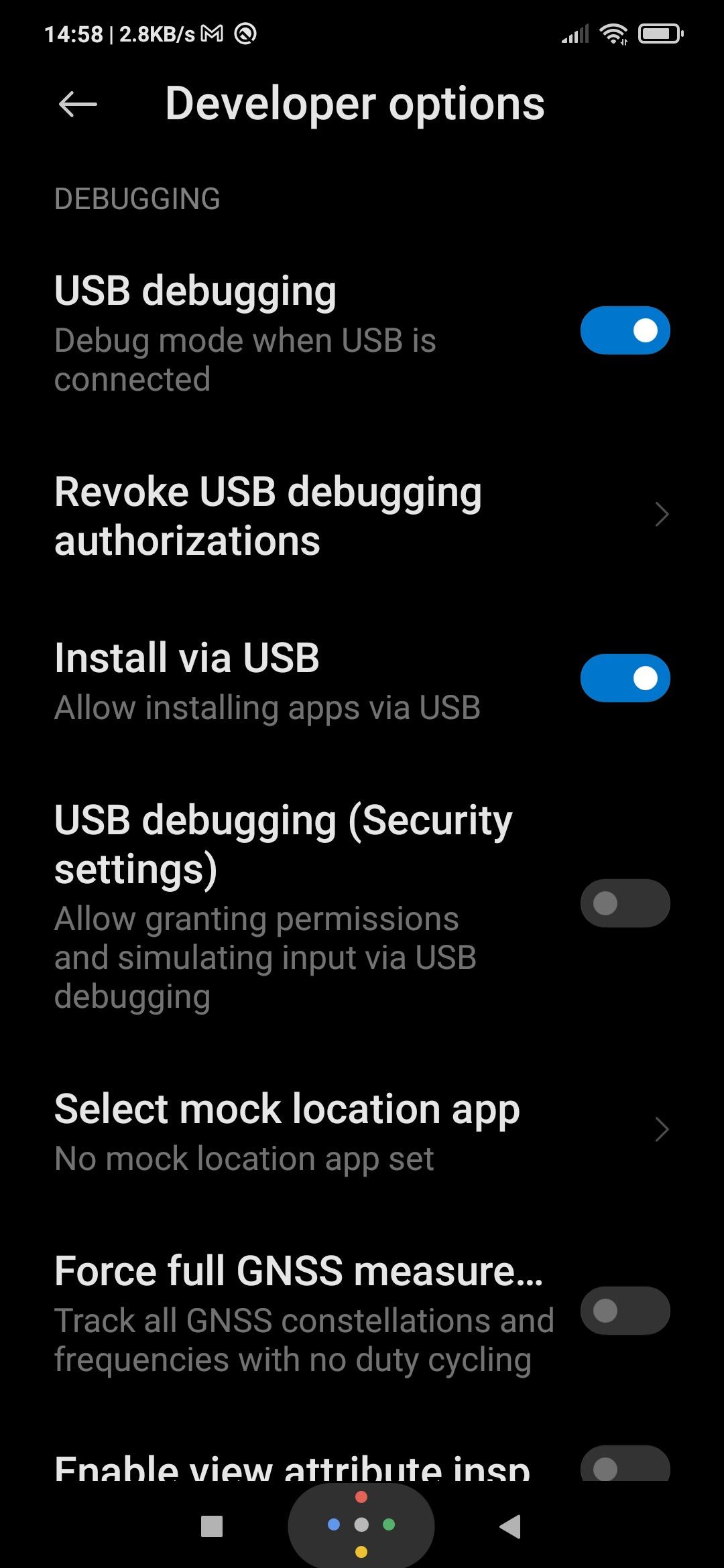
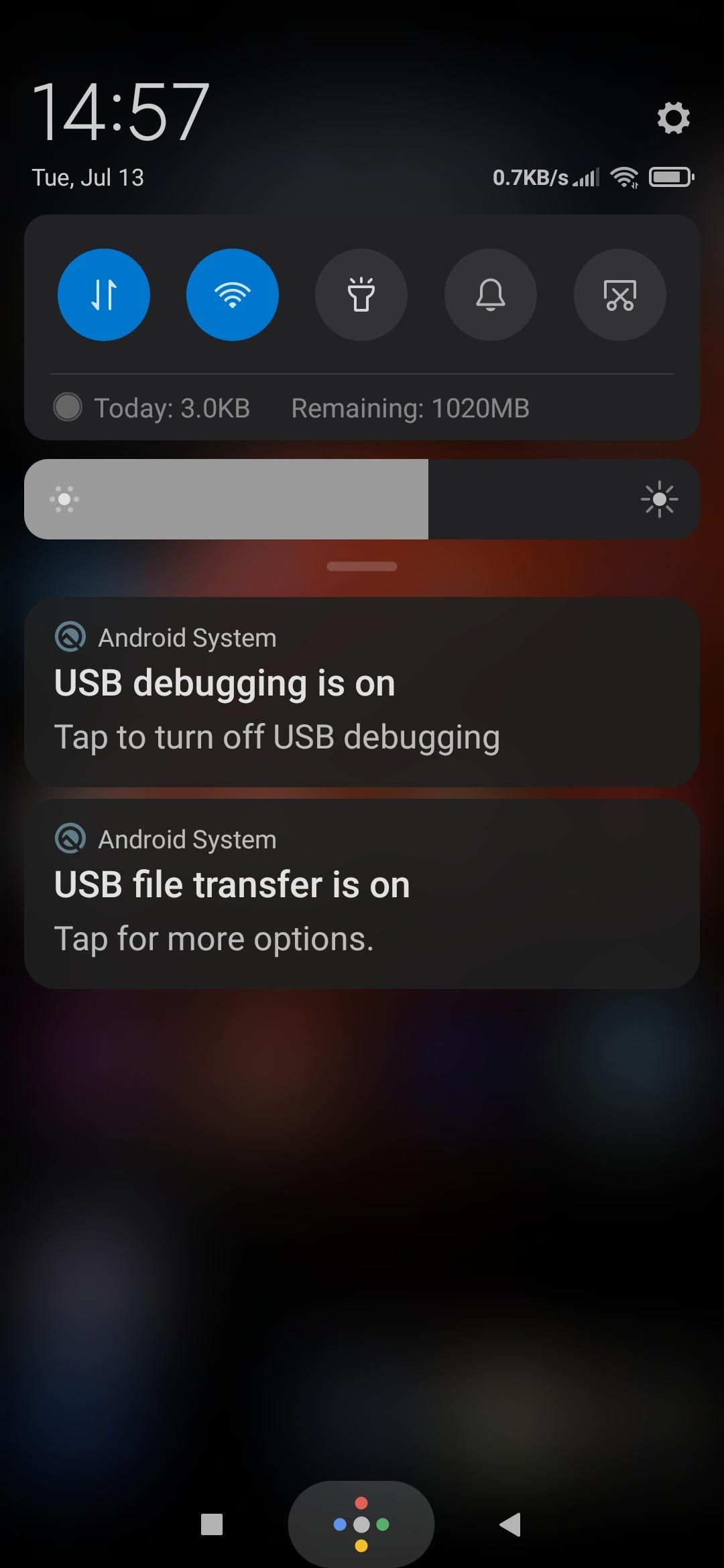
We believe it's easier to understand what sideloading is with a quick trip down memory lane.
Breaking Out of iPhone's Jail
Although we had smartphones decades before Apple entered the scene, the iPhone brought them to the masses. Unlike its ancestors, the iPhone was sleek, light, and easy to use. And like all Apple products, it was also heavily locked down to restrict the user to its ecosystem.
That's when "jailbreaking" became popular, an umbrella term for the methods with which a user could break free from a vendor-imposed "software jail." After jailbreaking their device, iPhone owners could install on it any software they wanted, even if Apple didn't approve it.
Android's Official Support for Unofficial Software
Google's Android was the answer to Apple's iOS. Initially, Android's software library wasn't as extensive as iOS's. However, soon that wouldn't be a problem.
Android wasn't only based on Open-Source technologies like Linux and JAVA, but also "more open" itself. Anyone could create software for it and use their smartphone or tablet as their testing platform for their apps. They only had to enable a semi-hidden option to allow the installation of apps from untrusted sources.
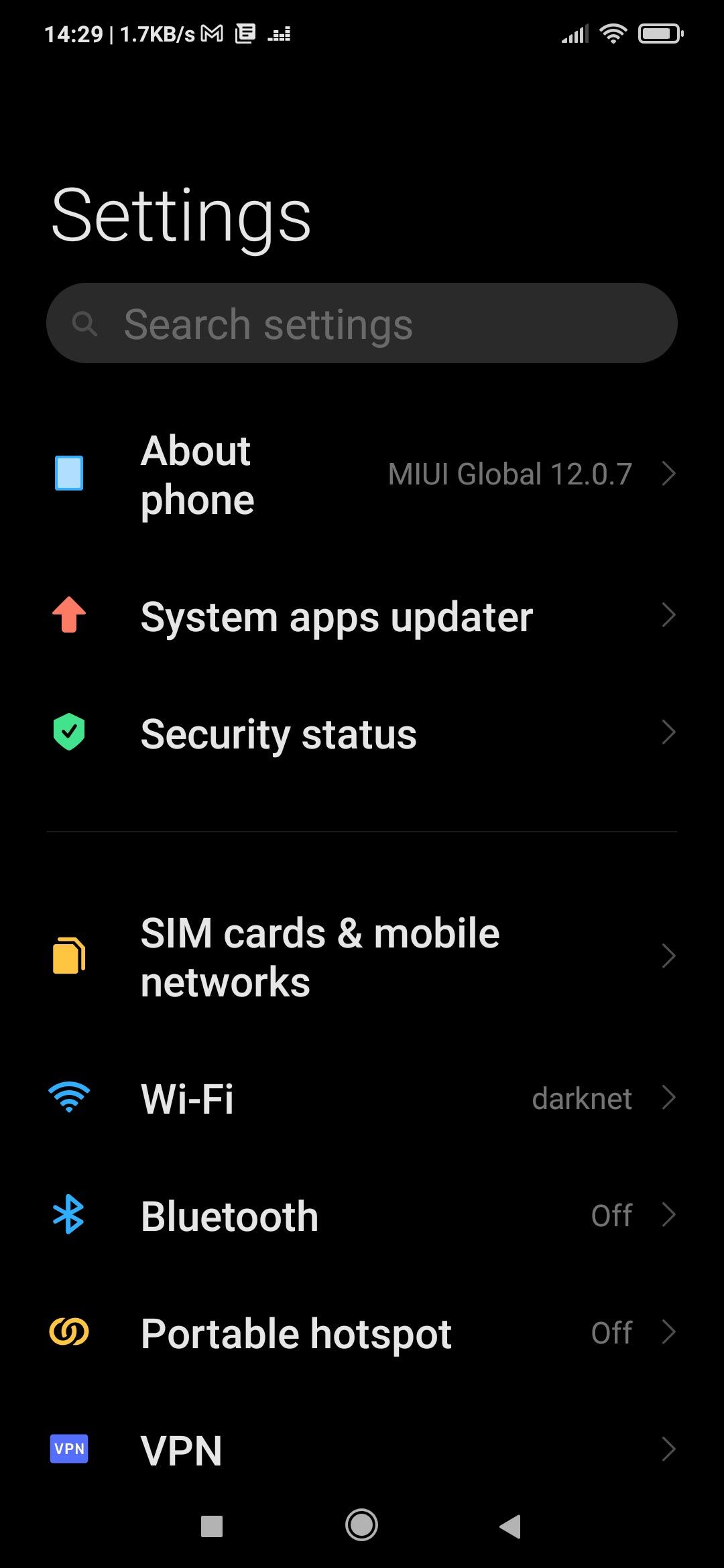
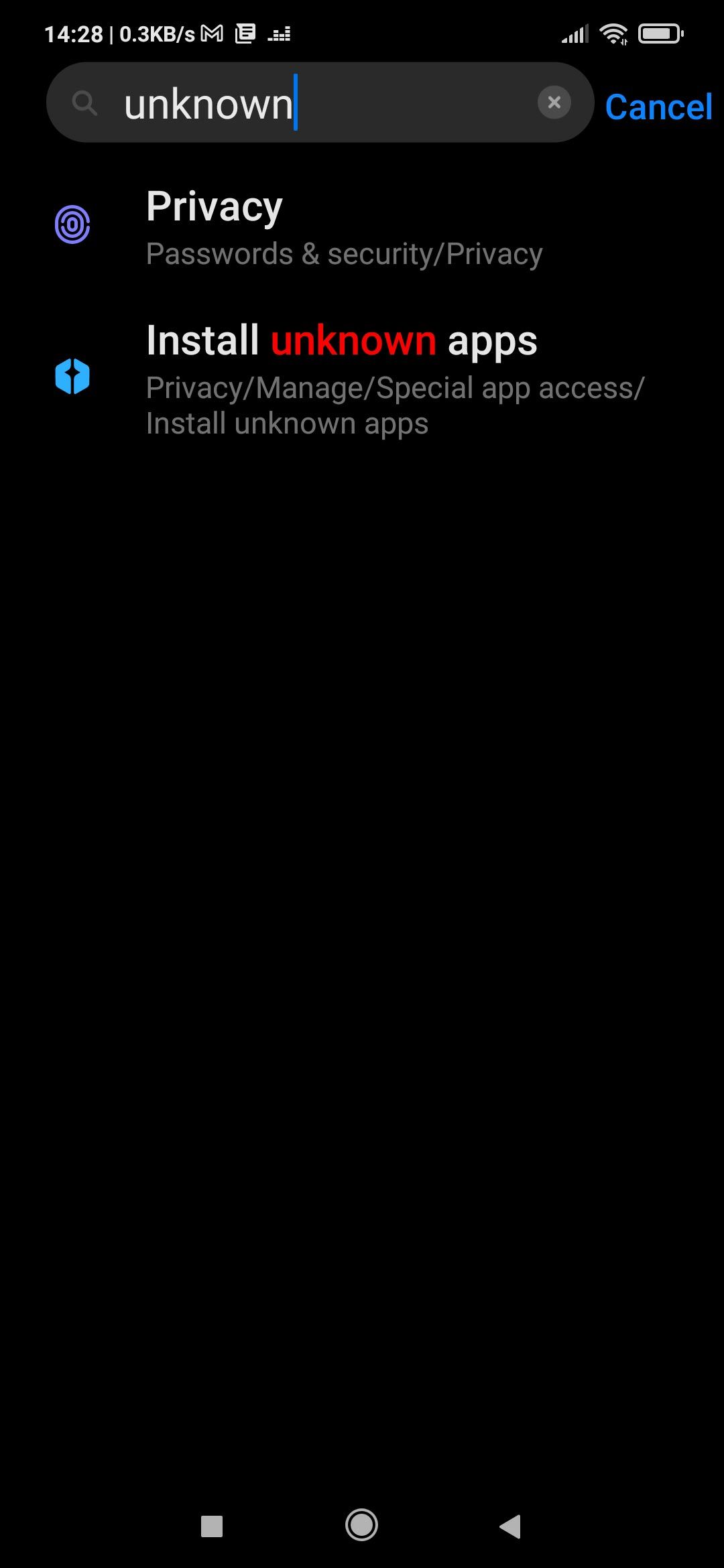
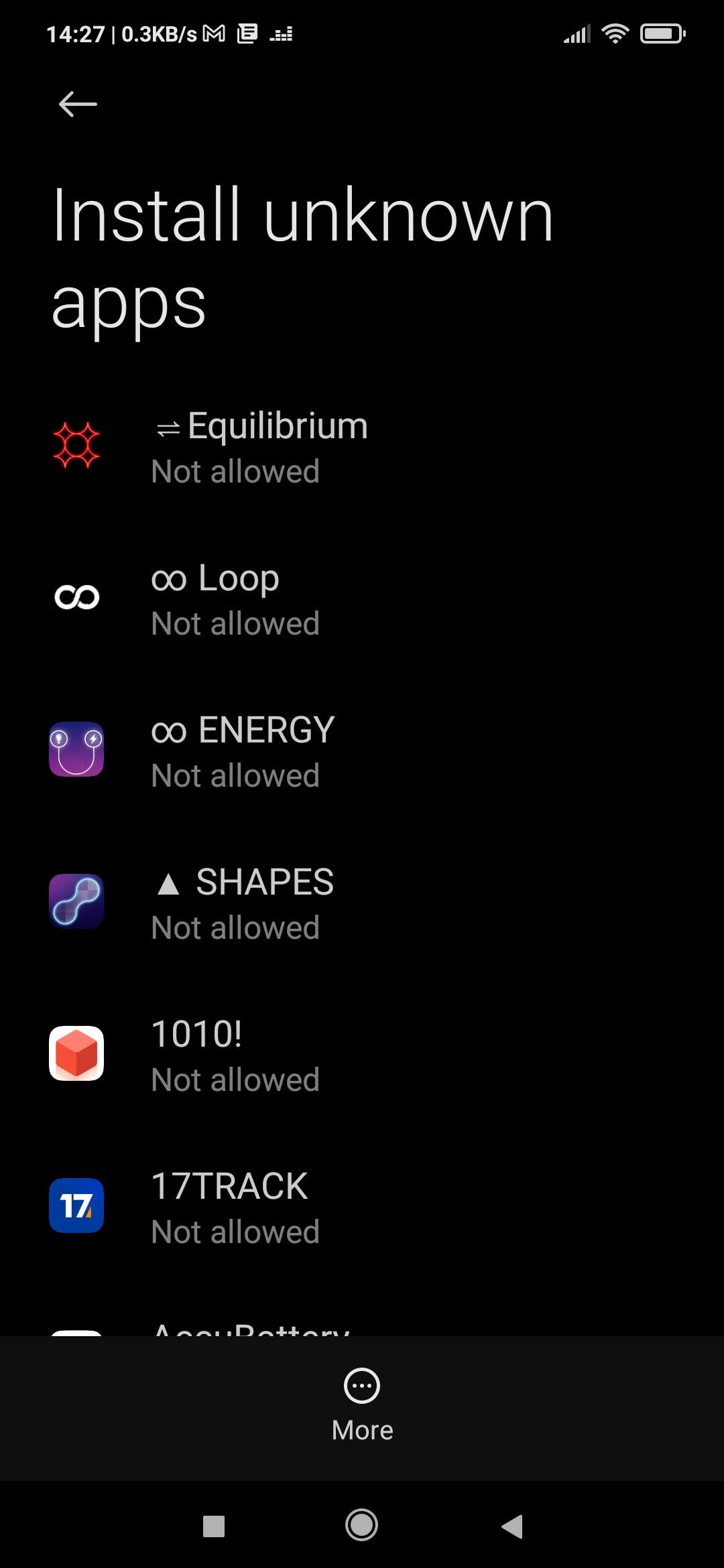
This option is useful even if you're not a developer since it enables you to install anything on the platform. After enabling the option, you can skip the Play Store. Instead, you can transfer apps in the form of an APK file and install them using a simple file manager. You can check our guide on how to sideload any file onto your Android device for more details on the process.
Android's openness also allowed third parties to create their own software stores for the platform. The biggest and most popular alternative to Google's Play Store is Amazon's Appstore, the same we will eventually see in Windows 11.
Sideloading Today
Nowadays, sideloading refers to installing software from outside the software repository/App Store officially supported by a device's manufacturer.
After disabling any related security checks, you can sideload software by copying (or "pushing") files to a device, usually from a PC. That's possible either through a direct USB cable connection, wireless Wi-Fi, or Bluetooth file transfer. Alternatively, by storing files on media that both devices can access (like SD cards or USB flash drives).
Why Is Sideloading Important for Windows 11?
Smartphones have become omnipresent extensions of ourselves. We all have a bunch of apps we use on them every day. However, those apps remain tied to our mobile devices— and with them, us, too.
There are some ways to run Android apps on your PC:
- You could install an x86 port of Android locally on your PC or in a Virtual Machine, but the results would be far from perfect. For example, the microphone might not work, making all sound-recording apps useless.
- You could use the emulator that comes with Android's SDK, but its performance might make you wonder if you turned on your PC.
- Third-party emulators offer much better performance but offer a heavily customized Android experience, far from what you'd expect from a typical Android device. Unfortunately, most also come bundled with apps you might not want, and while in use, keep trying to force new ones on you.
One of Windows 11's best new features is its compatibility layer for Android software. Thanks to that feature, we won't have to use our smartphone or an ad-riddled emulator to access our favorite mobile apps on our PCs. Instead, they'll be right there, on our desktop—at least if they are also available at the Amazon app store. If they're not, that's where sideloading can help!
By allowing you to sideload Android apps freely, Windows 11 enables access to every piece of software ever created for the Android platform, not only those hosted by Amazon.
This translates to a huge software library and is similar to how Windows doesn't restrict you to a single source of software. Yes, modern versions of Windows come with their own store. However, it's up to you, the user, to choose if you want to use it, what you want to install, and from where.
However, that's also a problem.
The Dark Side of Sideloading
One of the primary reasons many people deal with security problems on Windows is because they download and install software from untrusted sources. Software that might come with viruses, trojans, keyloggers, or other malicious and unwanted "bonuses." It's up to the user to ensure the software they are installing is safe, and many skip that step.
We don't know how secure Microsoft's implementation of their Android compatibility layer will be. What we know is that having it adds complexity compared to not having it. And in the world of data security, "extra complexity" always translates to "more potentially exploitable holes."
Using Amazon or Google as a single source for Android apps is, admittedly, somewhat restrictive. However, it also ensures most software you get from the Play Store is safe. The software repository's keyholder checks all software they host. If they find an insecure app, they can swiftly remove it before it reaches many users.
Being able to run any piece of software means you don't have annoying restrictions but also lack the protection of an app store's keyholder. For example, an unofficial app might come with code that exploits a security hole in Microsoft's Android implementation. Such a hole could enable a malicious app to reach outside Android and into the host operating system (Windows 11). Then, gain access to your precious personal files.
That's why although sideloading isn't illegal, device manufacturers and platform holders don't endorse it. Quite the opposite; many like Apple, consider sideloading a serious security risk.
Sideloading Will Expand Windows
Thanks to its compatibility with its previous versions and almost all software made for them, every new version of Windows has access to a vast library of software unmatched by any other platform. However, nowadays, creating software for Windows can also be more complex and less fruitful.
Combined with the enduring popularity of Apple's devices and Google's "mobile-first" strategy, this has driven many developers to prioritize or outright jump ship to iOS and Android. The Windows ecosystem is littered with old software. Microsoft's store looks like a barren wasteland of mobile me-too apps.
By tapping into Android's software library, Microsoft can make Windows 11 feel fresh while offering us access to the apps we already use daily.
Still, allowing the user to sideload any software they wish can also be a potential security hazard.
It will be interesting to see how Microsoft implements Windows 11's support for Android apps. It could end up expanding Window's already massive library of software or as a new path for exploits for Microsoft's next OS. Judging by the past, we bet it will probably be a little bit of both.

